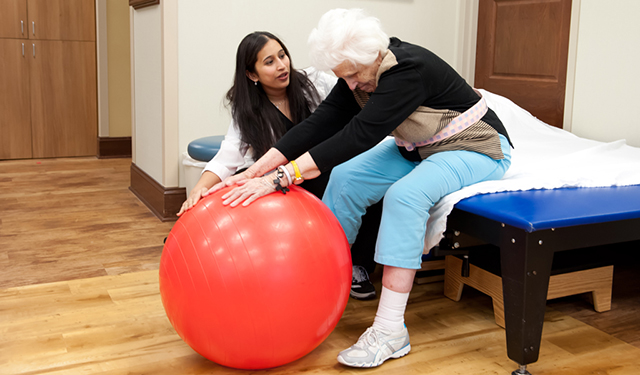One of the primary techniques used to alleviate dyspnea in physical therapy is the practice of controlled breathing activities. These exercises often focus on abdominal breathing, which encourages patients to use their breathing muscle rather than their upper thoracic muscles when breathing in. This approach helps to increase lung volume and effectiveness. Additionally, pursed lip breathing is another technique that can be beneficial. This technique involves inhaling through the nose and exhaling slowly through compressed lips, which can assist to keep airways clear longer and render breathing feel easier. By including these exercises into therapy sessions, physical therapists can provide patients with tools to manage their dyspnea both during and beyond of their sessions.
Another crucial aspect of managing dyspnea in physical therapy is the development of an individualized exercise regimen. Tailoring exercises to meet the individual needs and abilities of each patient is essential. web Therapists should gradually introduce aerobic activities, such as ambulating or biking, in a controlled manner, allowing patients to develop their endurance over time. This incremental approach helps patients to feel more comfortable with fitness activity while at the same time improving their lung function and overall stamina. It is important for therapists to observe patients carefully during these exercises to make sure they are not overworking themselves, which could lead to increased difficulty of breath.
Education also plays a significant role in reducing dyspnea during physical therapy sessions. Providing patients with information about their ailment and the factors behind breathing difficulties can empower them to take charge of their health. Therapists can describe how elements like anxiety, posture, and environmental conditions can affect breathing. By comprehending these concepts, patients can learn to manage their symptoms more efficiently. Techniques such as stress reduction methods and proper body mechanics can additionally assist in minimizing the impact of breathing difficulties during routine activities and therapy sessions.
In conclusion, effectively reducing breathing difficulties in physical therapy sessions involves a mix of breathing exercises, individualized exercise regimens, and patient education. By applying these efficient approaches, physical therapists can assist patients control their breathing difficulties and improve their overall well-being. Collaboration between therapists and patients is essential to create tailored interventions that meet specific needs. With the right support and techniques, patients can experience comfort from breathing difficulties and participate more fully in their physical therapy journey, eventually leading to a better standard of life.
